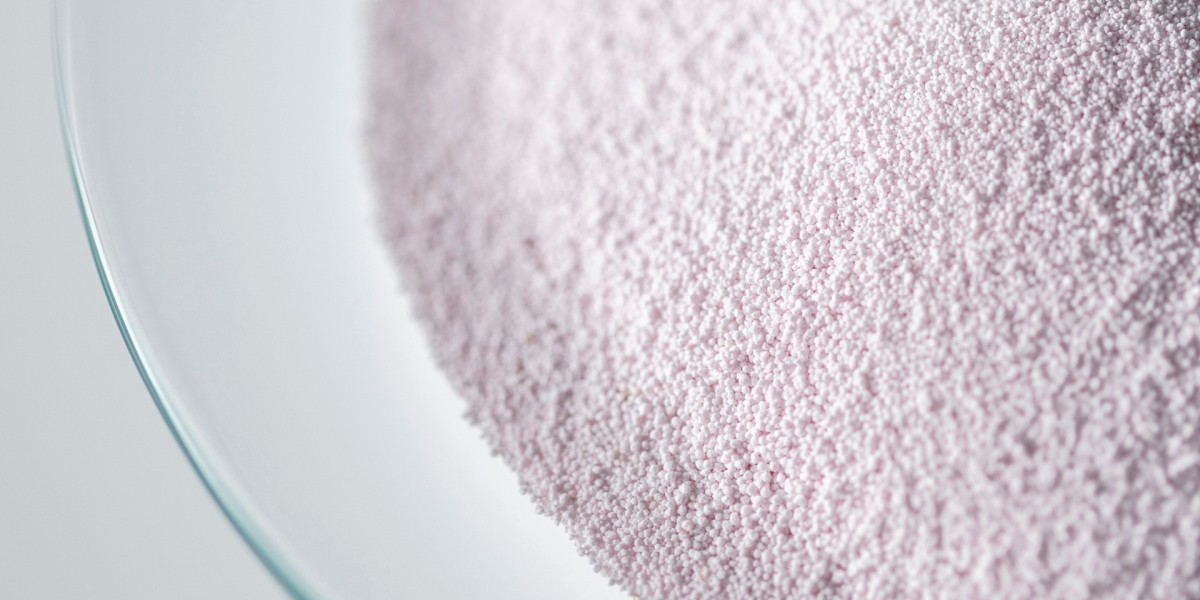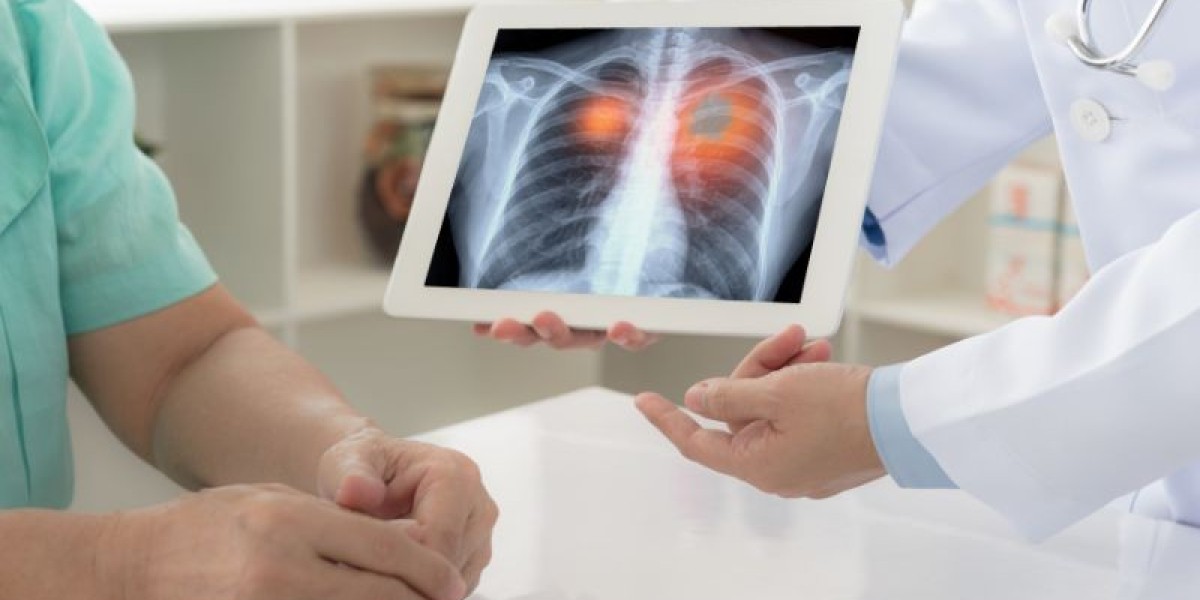Rapid prototyping has transformed the product development landscape, offering businesses and industries a faster, more cost-efficient way to create functional prototypes. With the introduction of rapid prototyping machine, companies can now design, test, and refine products with unmatched speed and precision. In this article, we explore how rapid prototyping machines are redefining innovation, the technologies behind them, and how businesses like ARRK are utilizing them to streamline the design process, reduce costs, and accelerate time-to-market.
What is a Rapid Prototyping Machine?
A rapid prototyping machine is a specialized device used in additive manufacturing to quickly create physical models from digital designs. Unlike traditional prototyping methods that rely on subtractive processes or manual assembly, rapid prototyping machines build prototypes layer by layer, directly from a 3D CAD model. These machines enable designers and engineers to rapidly transform their virtual concepts into tangible objects, allowing for real-time validation and iterative improvements.
The primary purpose of a rapid prototyping machine is to test the form, fit, and functionality of a design before committing to large-scale production. This process not only saves time but also reduces the risk of errors and costly revisions later in the production cycle.
Key Technologies Behind Rapid Prototyping Machines
There are several different technologies used in rapid prototyping machines, each offering unique benefits and applications. The choice of technology depends on the material requirements, the complexity of the part, and the desired speed of production.
1. Fused Deposition Modeling (FDM)
Fused Deposition Modeling (FDM) is one of the most widely used rapid prototyping techniques. In FDM, a heated nozzle extrudes melted thermoplastic material layer by layer, which hardens upon cooling to create the desired shape. This technology is highly versatile, capable of using a range of materials, from basic plastics like PLA and ABS to advanced composites and metal filaments.
FDM is ideal for creating functional prototypes that require strength and durability. While it may not offer the highest resolution compared to other methods, it is highly cost-effective and well-suited for applications that do not demand intricate surface finishes.
2. Stereolithography (SLA)
Stereolithography (SLA) is a resin-based 3D printing process that uses ultraviolet (UV) light to cure a liquid resin layer by layer. SLA is renowned for its ability to produce highly detailed, precise prototypes with smooth surfaces. This makes it a popular choice for industries such as jewelry, automotive, and medical device manufacturing, where visual appeal and fine detail are critical.
The main limitation of SLA is the material properties, as the resulting parts are often brittle and may not be suitable for all functional applications. However, advances in resin formulations have expanded its potential, enabling SLA to handle more robust applications.
3. Selective Laser Sintering (SLS)
Selective Laser Sintering (SLS) is a powder-bed fusion technology that uses a laser to selectively fuse powdered materials, such as plastic, metal, or ceramics, into solid layers. SLS can produce complex geometries that would be difficult or impossible to achieve with traditional manufacturing methods. The material options are extensive, ranging from nylon and metals to ceramics and composites.
SLS is particularly valuable for creating end-use parts that require both strength and flexibility. It is frequently used in aerospace, automotive, and medical industries to create functional prototypes, small production runs, and customized products.
4. PolyJet Printing
PolyJet printing is another 3D printing technology that uses inkjet-like print heads to spray photopolymer materials onto a build platform. These materials are cured instantly with UV light, allowing for the creation of multi-material prototypes with varying properties. PolyJet can produce high-resolution models with smooth surfaces and fine details.
The advantage of PolyJet over other methods is its ability to produce prototypes with varying levels of flexibility, transparency, and color. This makes it an ideal choice for creating realistic, highly detailed prototypes for product design, medical devices, and consumer electronics.
5. Electron Beam Melting (EBM)
Electron Beam Melting (EBM) is an additive manufacturing process that uses an electron beam to melt metal powder layer by layer, fusing the particles together to form a solid structure. EBM is used primarily for metal prototypes and is popular in industries where high strength and heat resistance are necessary, such as aerospace and medical implants.
EBM is capable of producing parts with excellent mechanical properties, making it suitable for both prototyping and low-volume production. However, it is generally slower than other rapid prototyping methods and can be more expensive.
Applications of Rapid Prototyping Machines
Rapid prototyping machines are used across various industries, from automotive and aerospace to consumer electronics and healthcare. The ability to quickly iterate and refine designs makes these machines indispensable in product development.
Product Development and Design
One of the most common uses of rapid prototyping machines is in product development. Designers and engineers can rapidly create physical prototypes from 3D models to assess the look, feel, and functionality of a product. This enables teams to test multiple iterations of a design, identify potential flaws, and make changes before committing to the final version. For example, automotive manufacturers use rapid prototyping to test the ergonomics of interior components or evaluate the aerodynamics of body panels.
Functional Testing and Validation
Rapid prototyping allows companies to perform functional testing and validation of prototypes under real-world conditions. By creating a prototype quickly, manufacturers can assess performance, fit, and functionality much earlier in the development cycle. This reduces the chances of costly mistakes or revisions once production begins.
Low-Volume Production
For some industries, such as medical devices or specialized consumer products, the demand for prototypes may extend to low-volume production. Rapid prototyping machines, particularly those using technologies like SLS or EBM, can quickly produce small batches of functional parts. This is especially valuable for industries with high customization needs, like medical implants or bespoke engineering components.
Customization and Personalization
In fields like healthcare and consumer goods, there is an increasing demand for customized or personalized products. Rapid prototyping machines allow for easy customization of designs, enabling companies to deliver tailored products at a fraction of the cost and time compared to traditional manufacturing methods.
The Benefits of Using a Rapid Prototyping Machine
The adoption of rapid prototyping machines offers numerous advantages that contribute to the efficiency and cost-effectiveness of the product development process.
Reduced Time-to-Market
One of the most significant advantages of rapid prototyping is the reduced time-to-market. By rapidly creating prototypes and testing them in real-world conditions, companies can streamline the design process and avoid long production cycles. This enables businesses to respond faster to market demands, stay ahead of competitors, and accelerate the introduction of innovative products.
Cost Efficiency
Rapid prototyping machines help reduce the costs associated with traditional prototyping methods. Instead of relying on expensive molds, tooling, or manual labor, companies can quickly produce high-quality prototypes without significant upfront investment. Additionally, the ability to detect and fix design flaws early in the process minimizes the risk of costly revisions and rework during production.
Increased Design Flexibility
The flexibility of rapid prototyping machines allows for more creative freedom in design. Designers can easily modify digital files and test new ideas without the constraints of traditional manufacturing methods. This iterative approach fosters innovation and encourages experimentation with complex geometries, materials, and structures.
ARRK: Leading the Way in Rapid Prototyping Solutions
ARRK has established itself as a leader in providing rapid prototyping solutions to industries worldwide. With a wide range of advanced rapid prototyping machines and technologies at its disposal, ARRK helps clients transform their ideas into reality with speed and precision. Whether it's through FDM, SLA, SLS, or other additive manufacturing techniques, ARRK delivers high-quality prototypes that meet the unique needs of each client.
By integrating rapid prototyping into their workflow, ARRK empowers businesses to reduce development time, enhance product performance, and ultimately bring better products to market faster. Their expertise in additive manufacturing and commitment to innovation makes them an invaluable partner for companies across a variety of sectors.
Conclusion
Rapid prototyping machines have revolutionized the product development process, enabling companies to design, test, and refine prototypes faster and more cost-effectively than ever before. With technologies like FDM, SLA, SLS, and more, businesses can push the boundaries of design, reduce time-to-market, and ensure higher-quality products. As industries continue to evolve, the role of rapid prototyping in driving innovation will only grow, and companies like ARRK will remain at the forefront, helping businesses bring their ideas to life faster and more efficiently.









